Brahman and Dao
Studies in Comparative Philosophy and Religion
Series Editor: Douglas Allen, University of Maine
This series is based on the view that significant and creative future stud-ies in philosophy and religious studies will be informed by comparative research. These studies emphasize aspects of contemporary and classical Asian philosophy and religion, and their relationship to Western thought. This series features works of specialized scholarship by new and upcom-ing scholars in Asia and the West, as well as works by more established scholars and books with a wider readership. The editor welcomes a wide variety of manuscript submissions, especially works exhibiting highly focused research and theoretical innovation.
Mysticism and Morality: A New Look at Old Questions , by Richard H. Jones
Gandhis Experiments with Truth: Essential Writings by and about Mahatma Gandhi , edited by Richard L. Johnson
To Broaden the Way: A Confucian-Jewish Dialogue , by Galia Patt-Shamir
Comparative Philosophy and Religion in Times of Terror , by Douglas Allen
Pyrrhonism: How the Ancient Greeks Reinvented Buddhism , by Adrian Kuzminski
Ethics of Compassion: Bridging Ethical Theory and Religious Moral Discourse , by Richard Reilly
Reality, Religion, and Passion: Indian and Western Approaches in Hans-Georg Gadamer and Rpa Gosvmi , by Jessica Frazier
Brahman and Dao: Comparative Studies of Indian and Chinese Philosophy and Religion , edited by Ithamar Theodor and Zhihua Yao
Brahman and Dao
Comparative Studies of Indian and Chinese Philosophy and Religion
Edited by Ithamar Theodor and Zhihua Yao
Lexington Books
Lanham Boulder New York Toronto Plymouth, UK
Published by Lexington Books
A wholly owned subsidiary of Rowman & Littlefield
4501 Forbes Boulevard, Suite 200, Lanham, Maryland 20706
www.rowman.com
10 Thornbury Road, Plymouth PL6 7PP, United Kingdom
Copyright 2014 by Lexington Books
All rights reserved. No part of this book may be reproduced in any form or by any electronic or mechanical means, including information storage and retrieval systems, without written permission from the publisher, except by a reviewer who may quote passages in a review.
British Library Cataloguing in Publication Information Available
Library of Congress Cataloging-in-Publication Data
Brahman and Dao : comparative studies of Indian and Chinese philosophy and religion / Edited by Ithamar Theodor and Zhihua Yao.
pages cm. (Studies in comparative philosophy and religion)
Includes bibliographical references and index.
ISBN 978-0-7391-7172-1 (cloth : alk. paper) ISBN 978-0-7391-8814-9 (electronic) 1. Philosophy, Indic. 2. Philosophy, Chinese. 3. Philosophy, Comparative. 4. IndiaReligion. 5. ChinaReligion. I. Theodor, Ithamar, 1959 II. Yao, Zhihua, 1968
B121.B73 2014
181'.11dc23
2013032223
 The paper used in this publication meets the minimum requirements of American National Standard for Information SciencesPermanence of Paper for Printed Library Materials, ANSI/NISO Z39.48-1992.
The paper used in this publication meets the minimum requirements of American National Standard for Information SciencesPermanence of Paper for Printed Library Materials, ANSI/NISO Z39.48-1992.
Printed in the United States of America
For Darshan and Kalpa Bhagat,
Dear Friends and Supporters
Acknowledgments
I t is with great pleasure that we wish to acknowledge and thank all those who have helped and supported the publication of this volume in various ways. Keith Knapp had encouraged us right from the earlier stages and helped to gather together the editorial team, and similarly Kwong-loi Shun was offering continuing support and advice throughout the process of preparing this volume. The Professorship in Indian Religions and Culture, Department of Cultural and Religious Studies at The Chinese University of Hong Kong supported the publication in various ways, and so did the Department of Asian Studies, University of Haifa. We wish to thank the colleagues at The Chinese University of Hong Kong for their ongoing encouragement, friendship, and support. We are grateful to Steven Mathews for the style editing, to Alex Cherniack for the Sanskrit language editing, and to Xiaohong Wang for the Chinese language editing. Josephine Ng and Kwok Fai Au-Yeung encouraged this work through their friendship, and special thanks go to our families who bore the weight of this publication. At last, we wish to thank Darshan and Kalpa Bhagat for their friendship and support which had enabled the publication of this volume; it is to them that this book is dedicated.
Ithamar Theodor and Zhihua Yao
The Chinese University of Hong Kong
May 24, 2013
Introduction
T he ancient Greeks, Indians, and Chinese have distinct, unique, and rich philosophical and religious traditions, which have greatly contributed to human civilization. There are various studies comparing Greek and Indian philosophies and religions, laying out parallels and exploring possible historical contacts. There are similar works comparing Chinese and Western philosophy and religion. However, so far there is no systemic comparative study of Chinese and Indian philosophies and religions. Therefore there is a need to fill this gap.
Through the efforts of many generations of Indian Buddhist missionaries to China, such as the legendary Bodhidharma, and Chinese Buddhist pilgrims to India, such as Faxian and Xuanzang, there has been a long and rich history of Buddhist transmission to China. Despite this fact, the indigenous Indian and Chinese philosophical and religious traditions did not encounter each other, except through the medium of Buddhism. However, is this actually the case? Do we have much evidence for pre-Buddhist Sino-Indian cultural exchange? Stated even more radically, can we speak of a pre-Aryan Indo-Chinese cultural continuum? What would these comparative studies lead to? Are these possible parallels simply coincidental similarities or a result of historical diffusion? Before we can address these challenging issues, we need to undertake a phenomenological study describing the similarities and differences as found between Indian and Chinese philosophy and religion. The scholarly essays in this volume are meant to make such an attempt. It is hoped that this can be a basis for further works that would take the Indo-Chinese discourse a step forward, toward the gradual articulation of a unifying Indo-Chinese historical and cultural theory.
This book not only looks into the past, but also into the future. The twenty-first century is becoming the Asian century; as such it is characterized by the rise of Asia, specifically China and India. Naturally, this rise is not only economical and political, but also cultural and philosophical. This may possibly lead to the articulation of multicultural philosophies that absorb Indian and Chinese ideas, whilst intertwining them in new ways with other ideas. As befitting a global era, these new philosophies will aspire to be multicultural, multireligious, environmentally friendly, and further some general aspects of spirituality. As such it may be worth examining some ideas and themes these two great cultures share. The present book looks into four such themes: 1) metaphysics and soteriology, 2) ethics, 3) body, health, and spirituality, and 4) language and culture.
The first section of the book looks into metaphysics and soteriology. It is generally agreed that Indian and Chinese philosophies were developed within a framework of soteriology or practical wisdom, which has been loosely labeled as religion. But how do the metaphysical discourses interact with their soteriological frameworks? Four essays in this section look into the subtlety of this relationship. Through careful comparison between the cosmogonies as presented in the newly excavated text Taiyi sheng shui and some hymns of the gveda Book X, especially X.129, one finds that they developed from similar mythological motifs of the primeval water and the pole star. Both texts share a tendency of demystifying or rationalizing this myth by proposing a philosophical or naturalized account of cosmogony. However, given the differences in the practical or soteriological usage underlining these texts, their philosophized cosmogonies have very different features. In the history of Indian and Chinese cultures it is found that similar religio-spiritual and philosophical developments have taken place around the so-called Axial Era. The discovery of spirit or Brahman behind natural phenomena prepared the ground for the philosophy of a spiritual essence underlying the physical world. This is evident in some major Daoist writings in China and in some principal Upanis.ads in India also. How can we know this spiritual reality? The Advaita Vednta and Neo-Confucian thinkers promoted a path of intellectual/spiritual realization characterized by both ineffability and rationality. On the one hand, ultimate knowledge is unreachable through intellectual speculation; it implies mystical directness that has to be accompanied by silence. On the other hand, the intellectual preparation of the aspirants by means of reading Hindu and Confucian scriptures was considered as necessary. Both traditions emphasized the importance of scriptures in the process of attaining ultimate knowledge. However, Advaitic and Confucian philosophical systems differed in their perceptions of selfhood and in their premises regarding the nature of reality. A similar contrast is found in the concept of the five aggregates in Buddhism and in Twofold Mystery Daoism. In its original Buddhist context, the concept of the temporary coming together of the five aggregates served as an explanation of the insubstantiality of self. Insight into this insubstantiality of self should bring release from suffering and liberation as cessation. Daoism co-opted the concept; yet in a different soteriological framework, changed its function. With the goal of immortality in mind, Daoists sought to retrace the steps of becoming, back to the origin of all being, Dao. The concept of five aggregates offered a new explanation of this process of becoming; its details made it retraceable and thus an instruction for the way to immortality. Thus the function of this concept in the soteriological frameworks of Buddhism and Daoism underscores a major difference in philosophical outlook and soteriology: impermanence versus immortality.
Next page

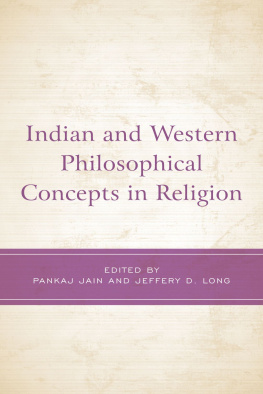
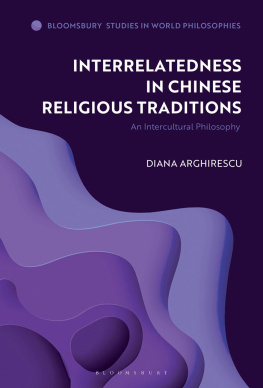
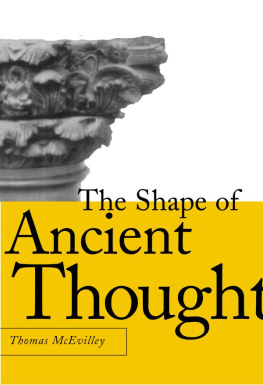
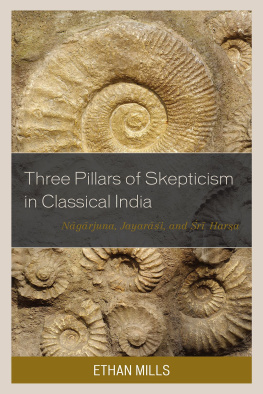

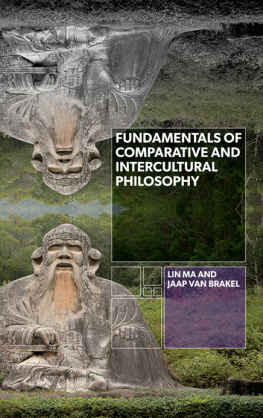
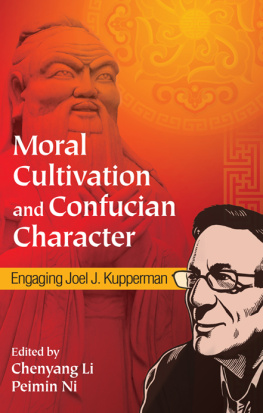
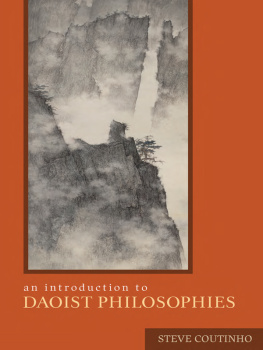
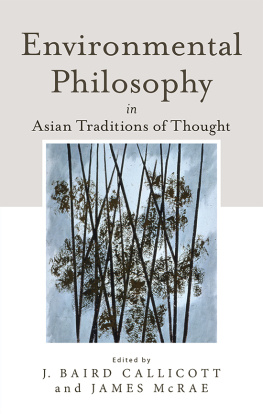
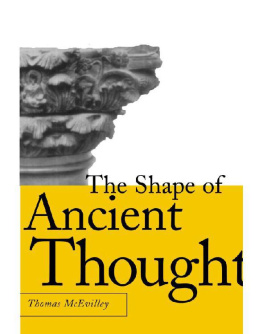

 The paper used in this publication meets the minimum requirements of American National Standard for Information SciencesPermanence of Paper for Printed Library Materials, ANSI/NISO Z39.48-1992.
The paper used in this publication meets the minimum requirements of American National Standard for Information SciencesPermanence of Paper for Printed Library Materials, ANSI/NISO Z39.48-1992.